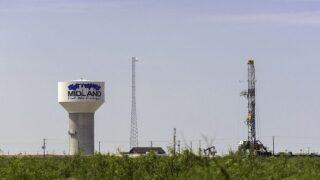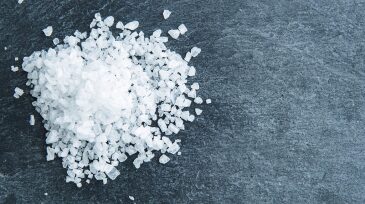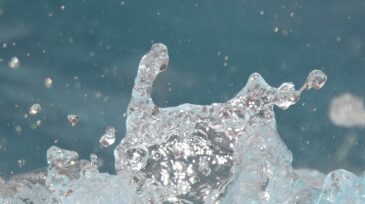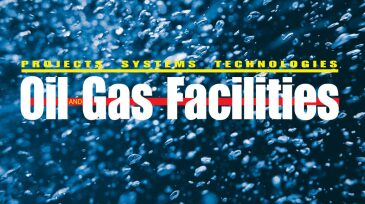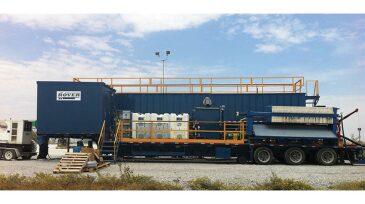Water management
The justices ruled that the company holding the oil and gas lease also lays claim to the produced water. The ruling comes as more companies are seeking to turn a profit on what has long been considered a vexing waste stream.
The Texas Railroad Commission has tightened its guidelines on the permitting of disposal wells in the Permian Basin.
The agency said it wants to modernize the rules and expand the potential uses for produced water.
-
This is the fourth article of a series covering water management in hydraulic fracturing (HF) in unconventional resources. This article discusses the use of mechanical vapor compression (MVC) as a desalination technology.
-
A growing number of alternatives for treating flowback water enable operators to meet the requirements for discharge or reuse of the water in the fracturing fluid, a scientist said recently.
-
In one Saudi Aramco offshore oil field, the production from different platforms is transported to an onshore gas/oil-separation plant (GOSP) where the produced water is removed from the hydrocarbon stream.
-
Many segments of the oil and gas production industry need improvements in water filtration over traditional methods.
-
This is the third article of a series on water management for hydraulic fracturing in unconventional resources. This month, water treatment technologies are introduced, beginning with the removal of suspended solids by coagulation/flocculation and electrocoagulation for recycling flowback fluids.
-
Concerns have been expressed and published about the amount of water used in Canada’s oil-sands industry.
-
Technology is evolving to meet the challenges to automate water separation and purification in deepwater for environmentally safe discharge at the seabed. To solve these problems the best available solutions must be selected and the technology gaps must be identified and closed.
-
In this second article of a series covering water management in hydraulic fracturing (HF) in unconventional resources, the properties and characteristics of the flowback fluids are discussed, together with the general categories of technologies that are best suited to treat them.
-
Enhanced oil recovery processes, particularly offshore, create challenges for produced water treatment. This option reviews technology options and current applications.
-
This is the first of several articles on the subject of water management for unconventional hydraulic fracturing. This article outlines the critical issues and outlines development of a strategy for treatment of flowback fluids.


